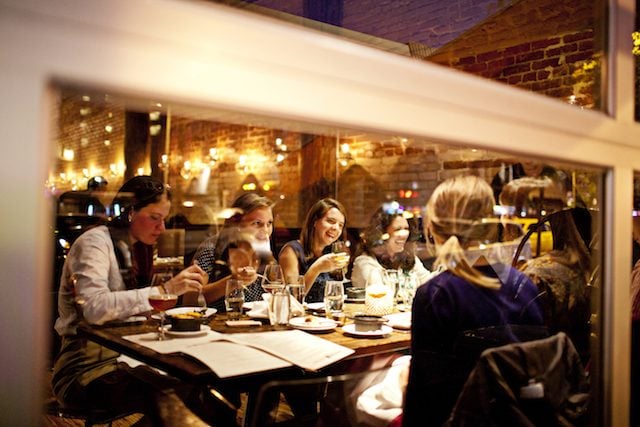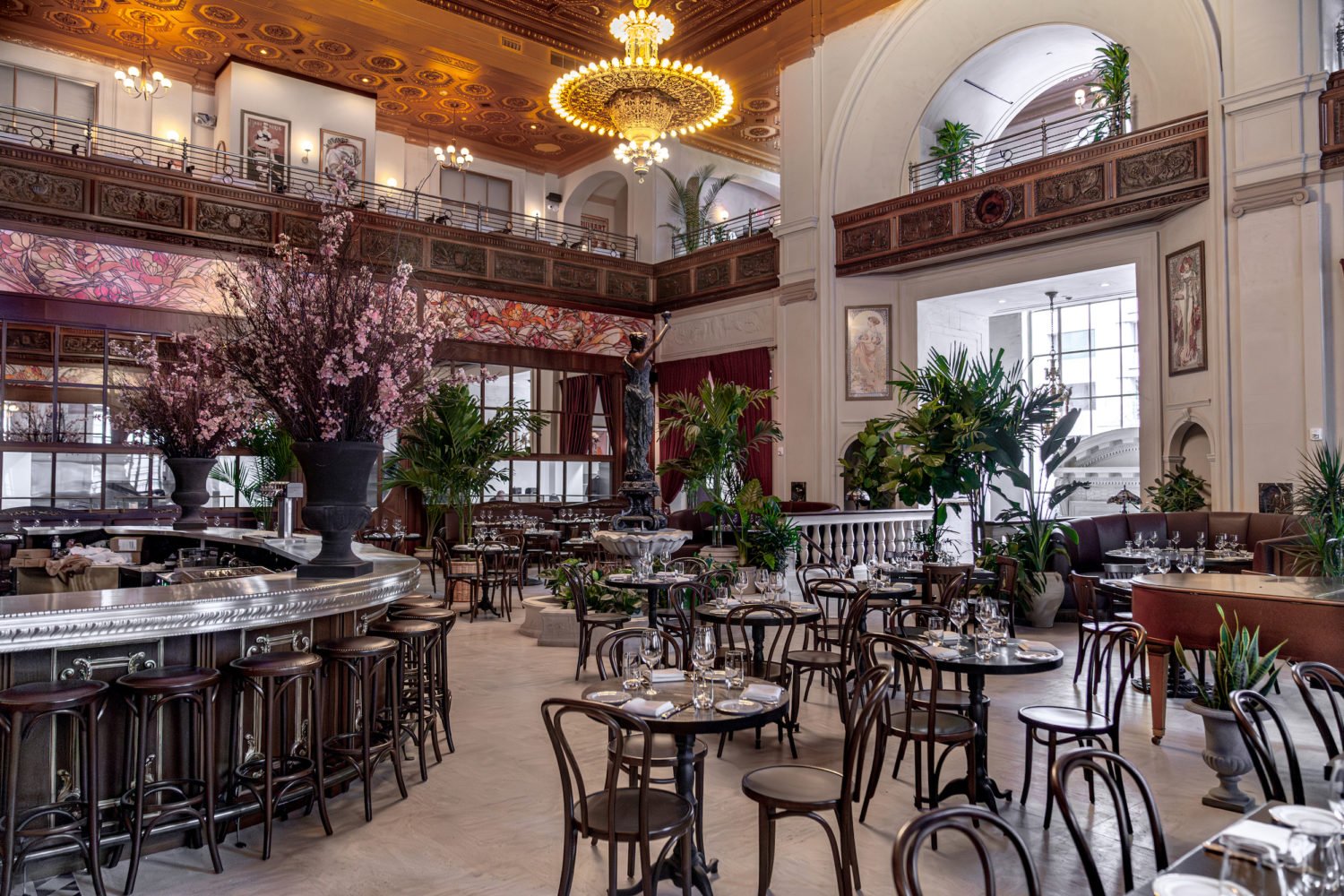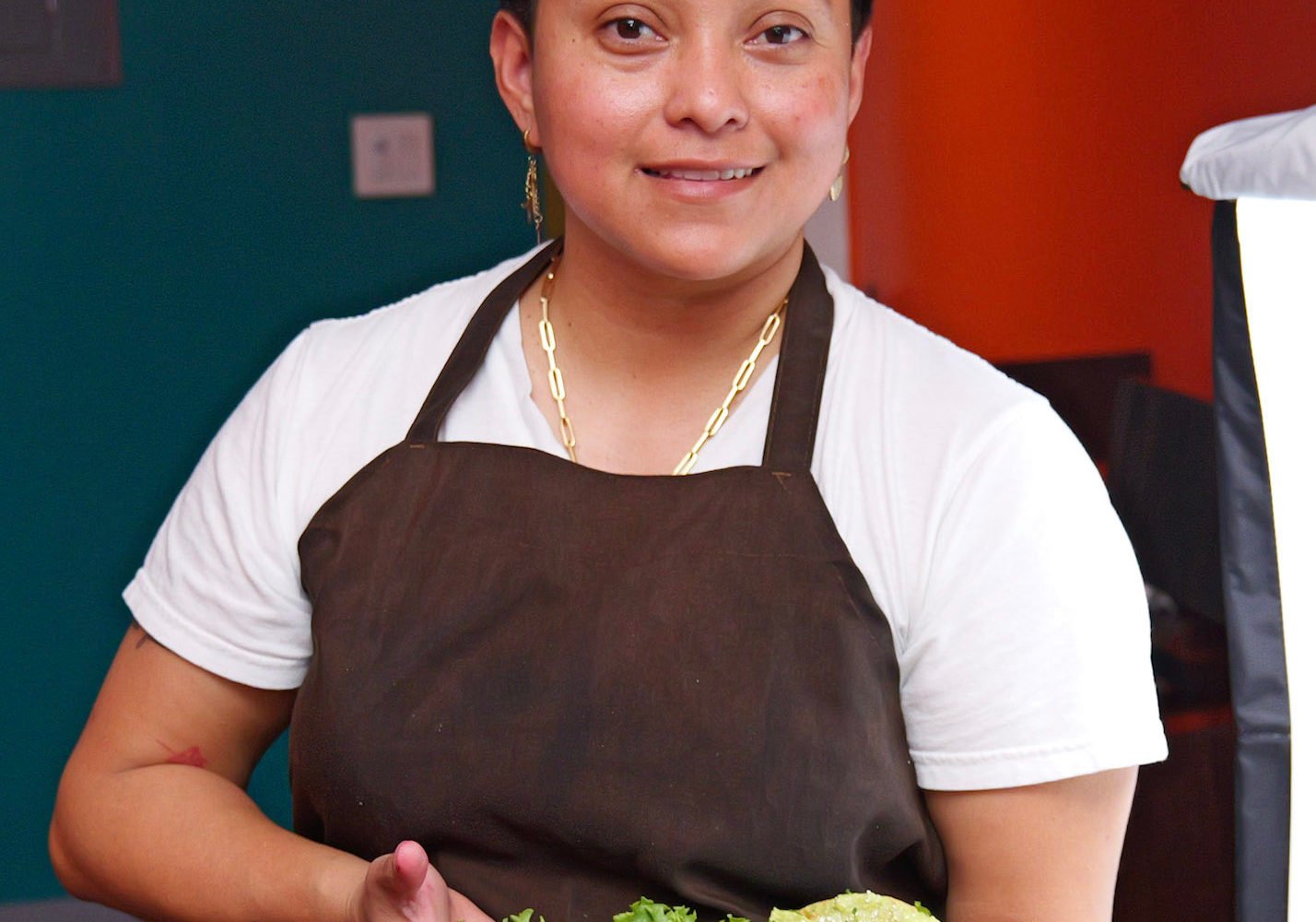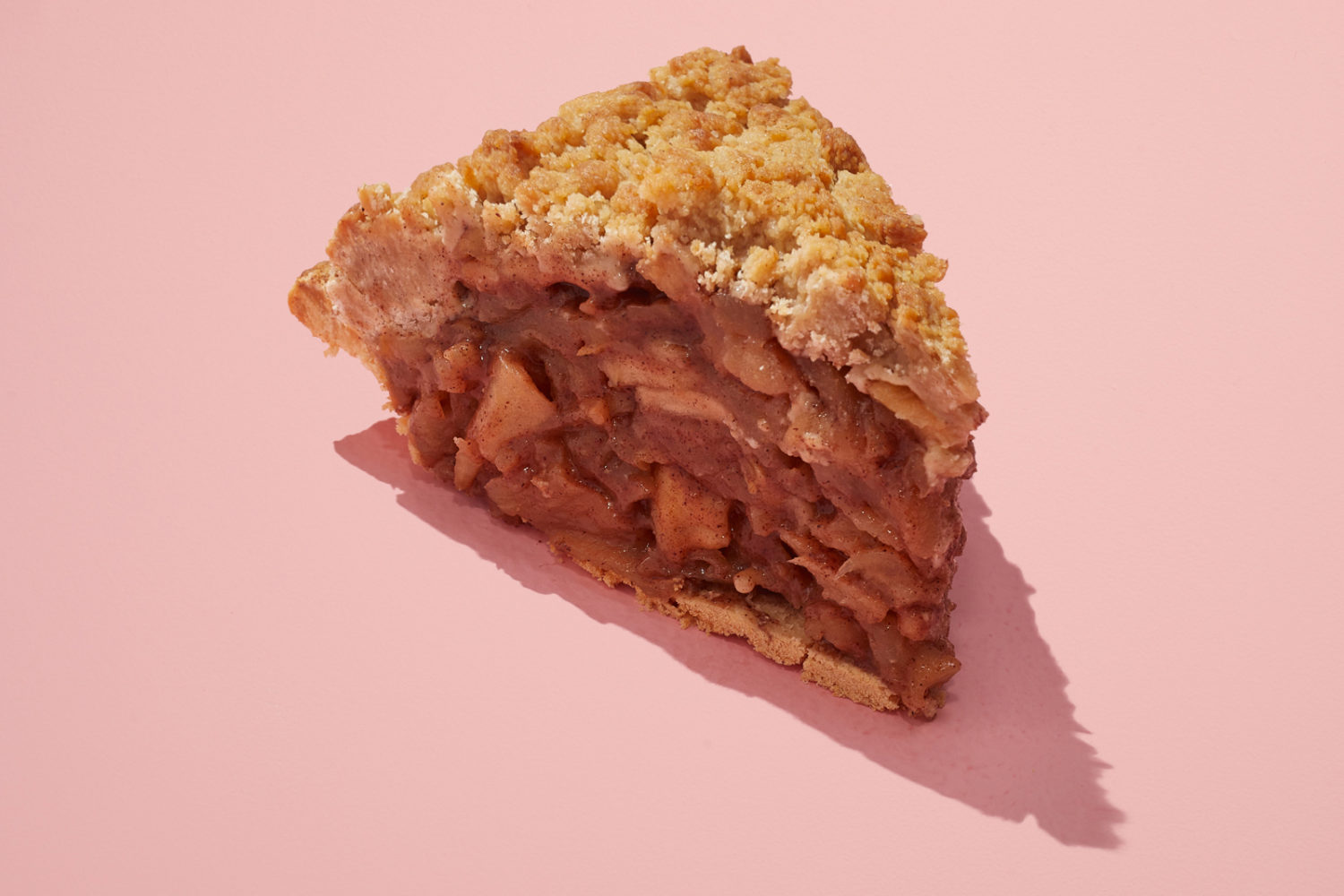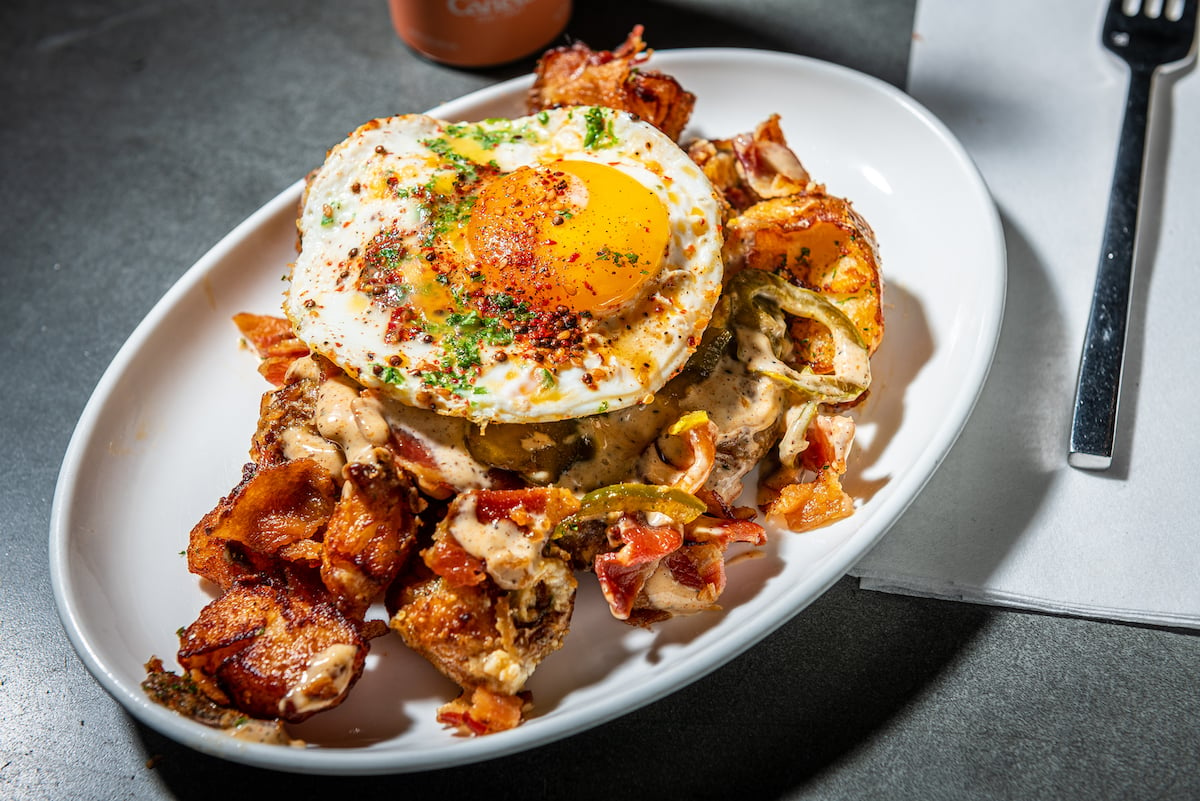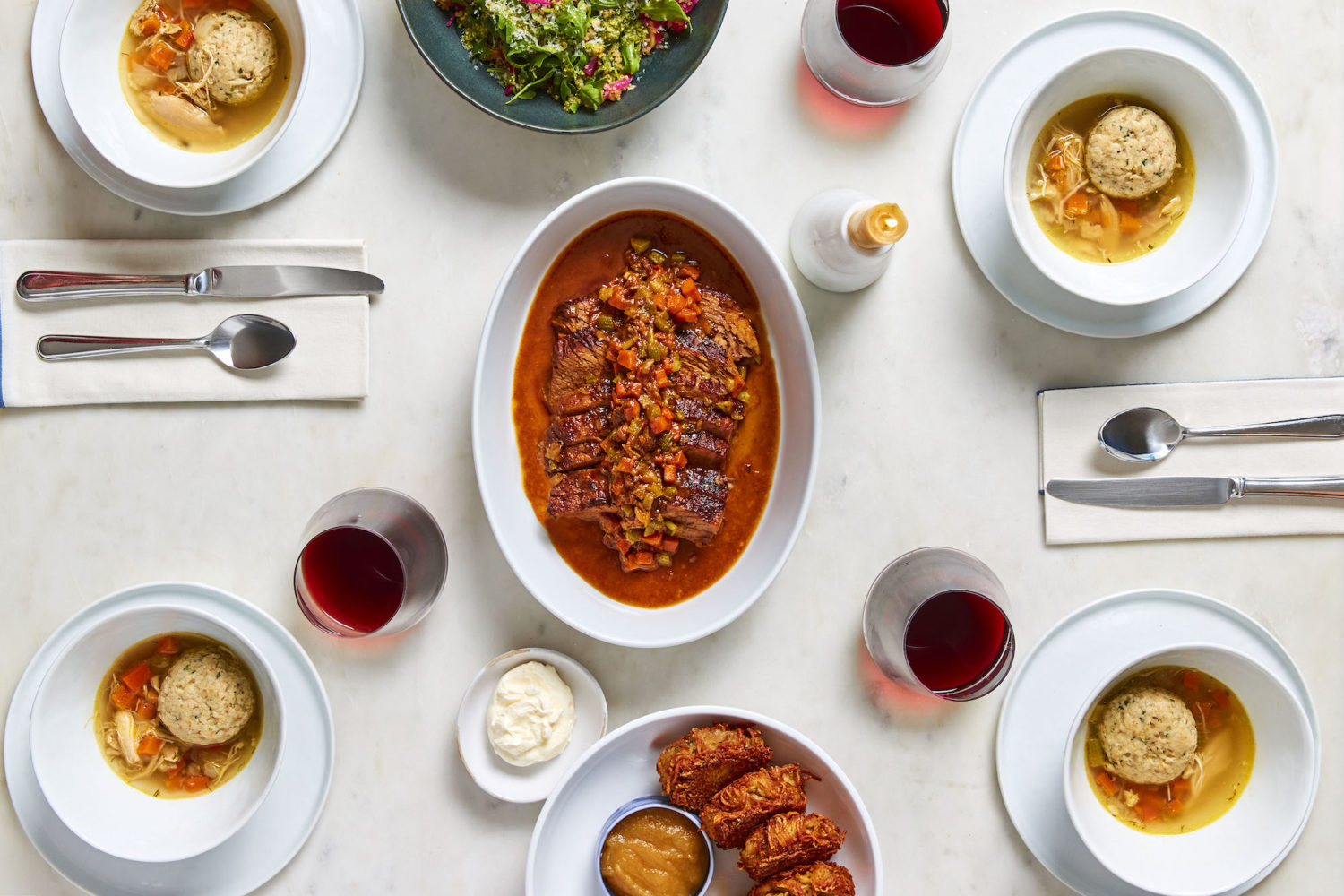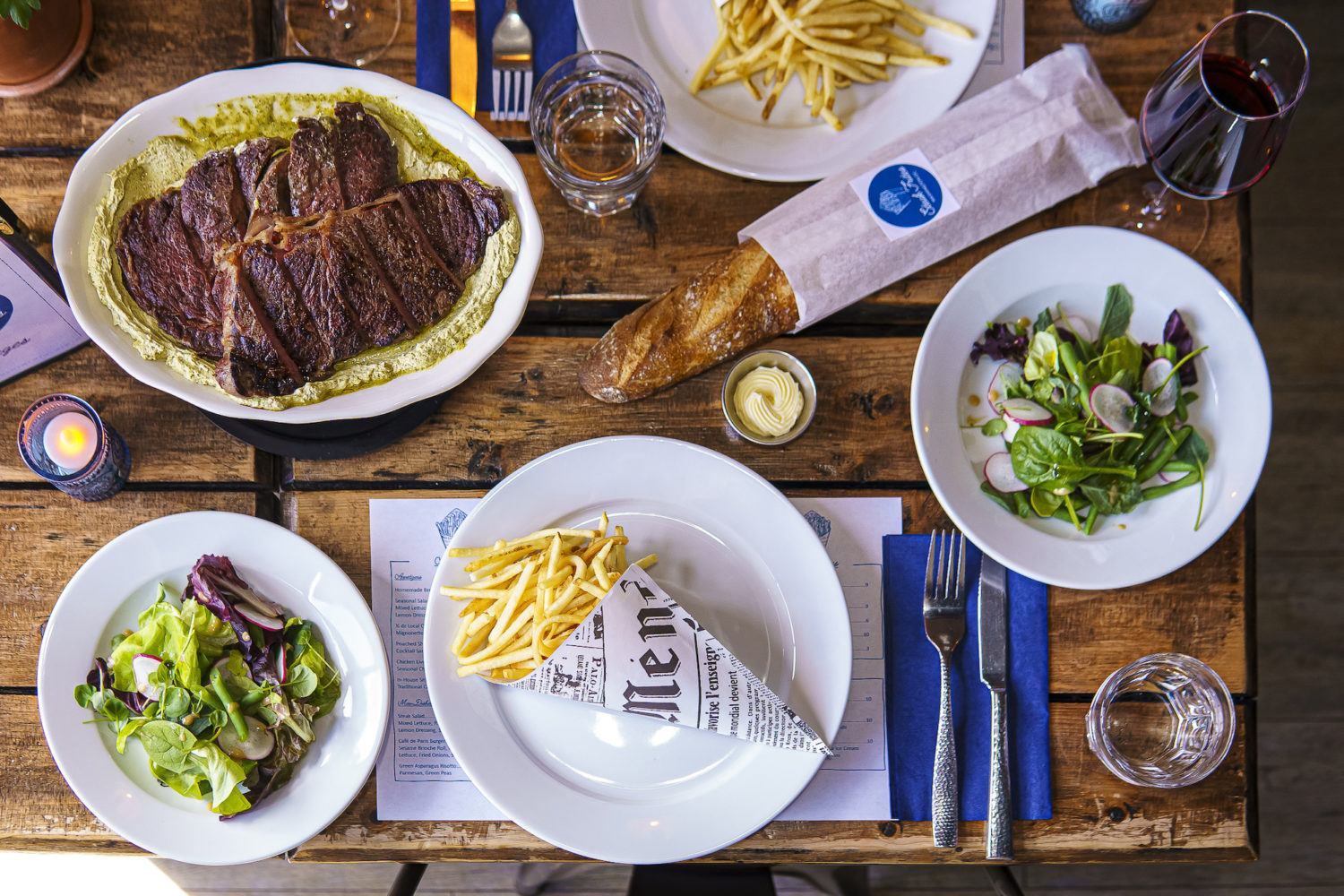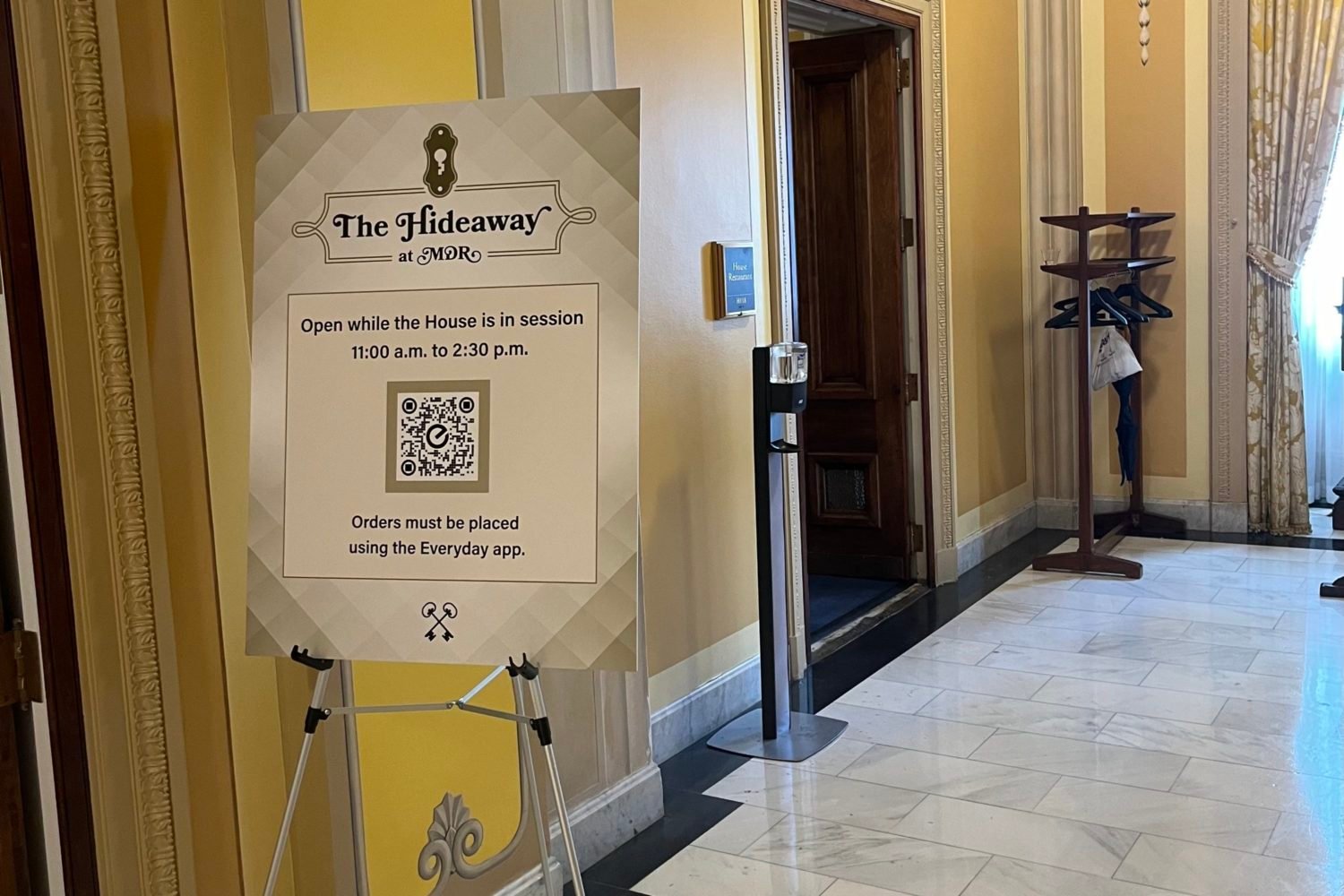To see the rest of our Bar Snacks package, including where to get beer cheese, ham croquetas, and foie gras waffles, click here.
Traditionally, bars served free salty nuts so that customers would order more booze. Are there other tricks restaurants pull when it comes to drinking-friendly foods? We asked Bill Williamson, the chef at Logan Circle’s Birch & Barley and ChurchKey (1337 14th St., NW; 202-567-2576), to explain his menu strategy.
Burger
“The burger is kind of the gateway drug. They’ll come in on Tuesday and have a great burger, and come back on the weekend and try something that’s more outside their comfort level.” Like, say, trout-roe tater tots or gnocchi with broccoli-rabe pesto.
Deep-fried hot wings
Bars are often places of heightened stimuli—loud, hot, crowded—and the food is no different. “You want to touch all the sensations,” Williamson says. “The texture, the spiciness, the cooling of the palate from the beer you’re drinking.” Also, chicken wings don’t require much effort from the kitchen staff.
Flatbread
Cheese and dough are always crowd pleasers, but there’s more to it. They’re handy for padding the stomachs of vegetarian drinkers. Plus, “when eye-catching dishes walk through the dining room, people ask, ‘What’s that?’ Once one hits the floor, you’ll sell ten more.” Here, attractive wooden serving boards help draw attention.
Mac and cheese
Unlike in a restaurant, freewheeling bargoers won’t necessarily eat their food as soon as it hits the table. Williamson favors a dish like mac and cheese or cacio e pepebecause the noodles hold up over time: “Dig in, come back seven minutes later—it’ll still be saucy and delicious.”
Tater-tot sundae
Some dishes are designed to be eaten, others are meant to be talked about—such as this ice-cream sundae with cinnamon-sugar-crusted tater tots. “Those kinds of things make our guests ask questions,” Williamson says. “That creates conversation with our bartenders and servers—and, in turn, can be an opportunity to sell another beer.”
This article appears in the November 2017 issue of Washingtonian.

